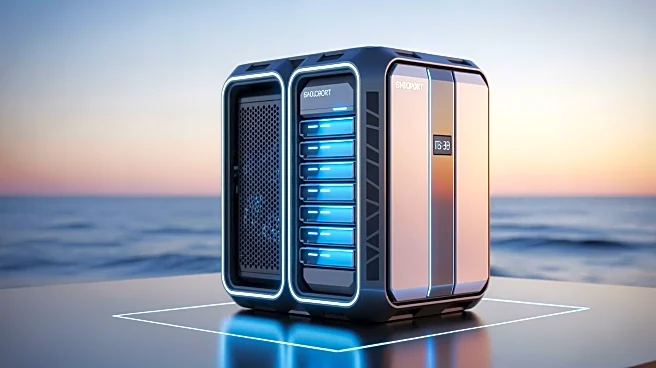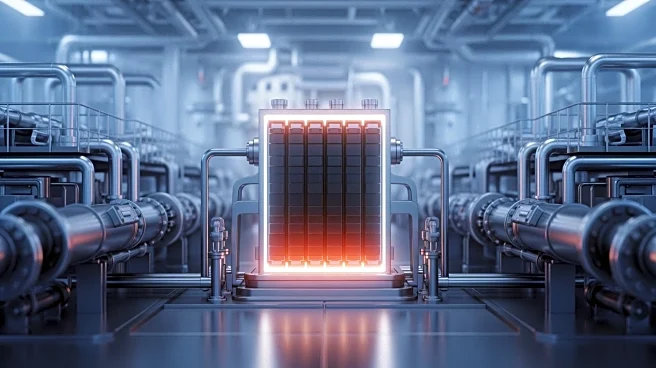What's Happening?
Hackaday has highlighted a unique entry in the 2025 Component Abuse Challenge, featuring a self-charging LED flasher designed by Burkhard Kainka. The device operates without a battery, utilizing ambient
light to power the LED. When the switch is open, the LED acts as a solar cell, storing energy in capacitors, which is then released to flash the LED when the switch is closed. The project exemplifies minimalistic design and innovative use of components, challenging conventional circuit designs. Hackaday's coverage includes a detailed exploration of the circuit's functionality, encouraging readers to experiment with the design themselves.
Why It's Important?
This development is significant as it showcases the potential for sustainable and energy-efficient electronic designs. By eliminating the need for batteries, such innovations could lead to more environmentally friendly technology solutions. The project encourages hobbyists and professionals alike to explore alternative energy sources and component uses, potentially influencing future designs in consumer electronics and renewable energy applications. The broader impact could be a shift towards more sustainable practices in electronics manufacturing and design.
What's Next?
The self-charging LED flasher could inspire further experimentation and development in the field of self-powered electronics. As more individuals and organizations explore similar designs, there may be advancements in energy harvesting technologies and applications. Hackaday's coverage may lead to increased interest and participation in similar challenges, fostering innovation and collaboration among tech enthusiasts and professionals.
Beyond the Headlines
The project raises questions about the future of electronic design, particularly in terms of sustainability and resource efficiency. It highlights the importance of rethinking traditional approaches to power consumption and component use, potentially leading to broader industry changes. Ethical considerations regarding environmental impact and resource use in electronics manufacturing may gain more attention as a result.











